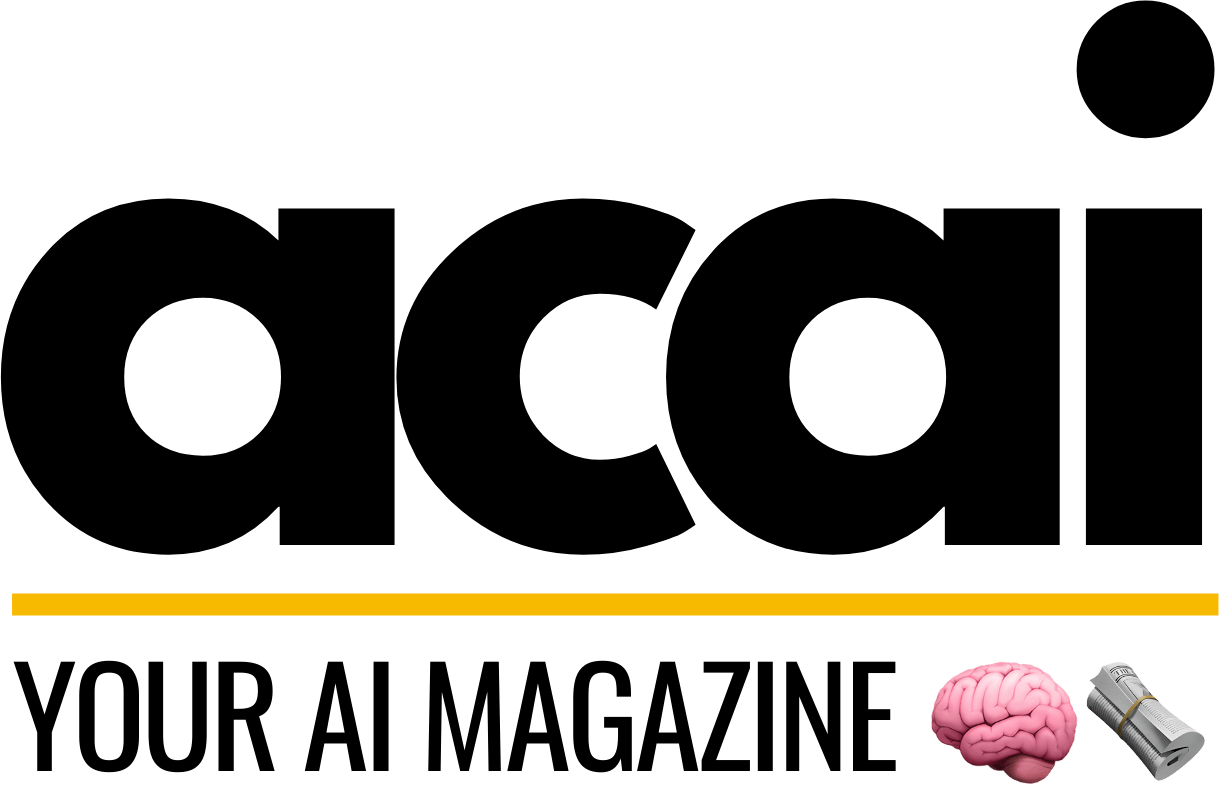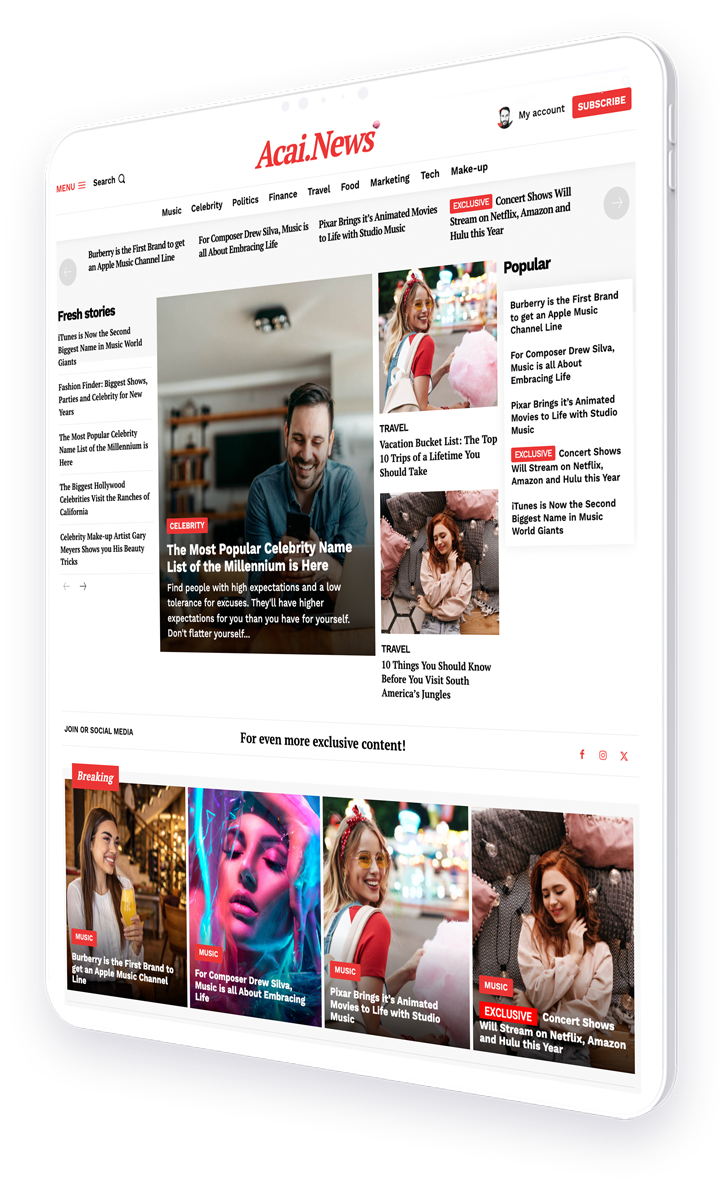How to format articles for maximum indexability and relevance
Welcome to the comprehensive guide on how to format your article for optimal indexability and relevance. In today’s digital age, creating content that stands out and is easily discoverable by search engines is crucial. This article will delve into the best practices for structuring your articles to enhance their visibility and engagement.
- Introduction to Article Formatting
- Why Formatting Matters
- SEO Basics for Article Formatting
- Structuring Your Content
- Enhancing Visual Appeal
- Technical Aspects of SEO
- Case Studies
- Conclusion
Introduction to Article Formatting
Effective article formatting is not just about making your content look good. It’s about ensuring that it reaches the widest possible audience. This involves a combination of SEO techniques, engaging content structure, and user-friendly design.
Why Formatting Matters
Proper formatting helps in making your content more accessible and easier to digest. Not only does it improve user experience, but it also impacts how search engines index and rank your articles. A well-formatted article can significantly increase your relevance online.
SEO Basics for Article Formatting
Understanding the basics of SEO is crucial for any content creator. SEO-friendly formatting can lead to better ranking in search engine results pages (SERPs), driving more traffic to your site. Here are some foundational SEO practices:
- Use of relevant keywords
- Optimizing meta tags and descriptions
- Creating SEO-friendly URLs
- Utilizing header tags effectively
Structuring Your Content
The structure of your article plays a pivotal role in its success. Here’s how you can organize your content effectively:
- Logical flow: Ensure your article has a clear beginning, middle, and end.
- Headings and subheadings: Use them to break up text and make it easier to read.
- Bullet points and lists: These help in summarizing information and making it quick to scan.
Enhancing Visual Appeal
Visual elements can significantly increase the appeal and readability of your article. Incorporating images, videos, and infographics not only makes the content more engaging but also helps in explaining complex information more effectively.
Technical Aspects of SEO
Beyond the basic SEO practices, there are technical aspects that you should not overlook:
- Mobile optimization: Ensure your content is mobile-friendly.
- Page speed: Optimize images and scripts to improve loading times.
- Structured data: Use schema markup to help search engines understand your content better.
Case Studies
Let’s look at some real-life examples where effective article formatting led to increased traffic and engagement:
- Case Study 1: A tech blog increased its readership by 70% by optimizing article structures and using rich media content.
- Case Study 2: An e-commerce site saw a 50% increase in product sales after improving the readability and mobile optimization of their product descriptions.
Conclusion
In conclusion, formatting your article with a focus on SEO and user engagement can significantly enhance their visibility and relevance. By implementing the strategies discussed, such as proper use of headings, optimizing for mobile, and incorporating visual aids, you can ensure that your content not only reaches a wider audience but also delivers a satisfying user experience.
For further reading on SEO and content optimization, consider visiting Moz’s guide to on-page SEO factors.
Remember, the key to successful content is not just in the quality of the writing but also in how well it is presented and structured. Start applying these tips today to transform your articles into powerful tools for audience engagement and SEO success.




